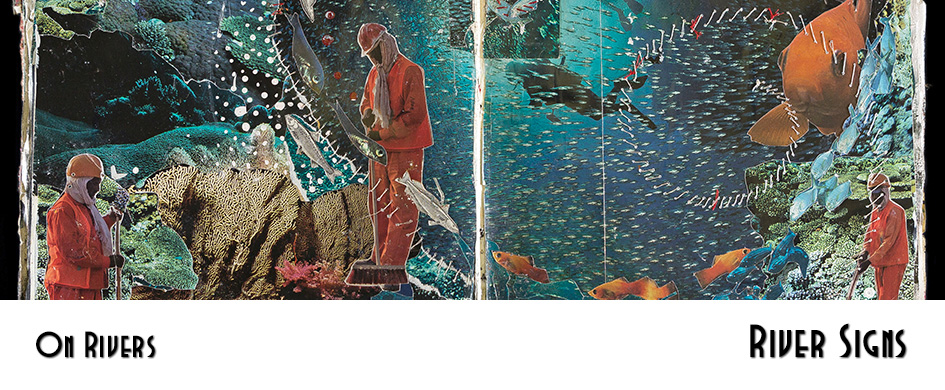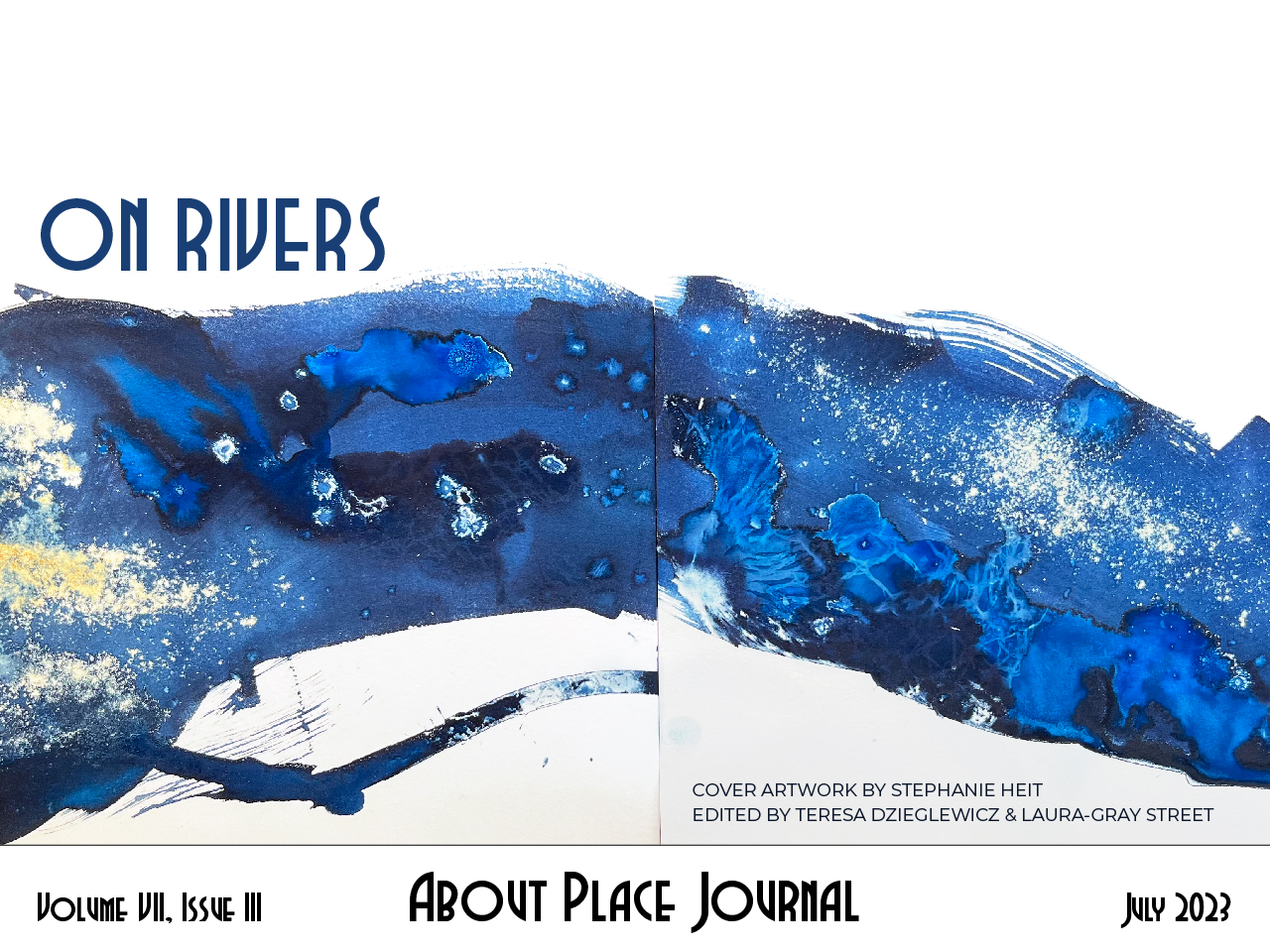The day we signed the papers on our small acreage, we drove out to the house to reassure ourselves we had made the right decision. The last days of negotiations had been fraught and the well inspector had warned us that even with the negotiated repairs, our well might not last long. When we got to the house, we found that they’d forgotten to leave a key under the mat, so we had to shimmy through a window in the garage to get in. I’d brought a yellow pitcher and a bouquet of Zinnias cut from our old backyard because I wanted to start feeling like this strange new house could become home. I went to the sink to fill the pitcher with water, but when I moved the handle, nothing happened. “There’s no water,” I cried, “there’s no water!”
The well hadn’t gone dry; the filter on the well had clogged so badly with sediment that no water could pass through. After a trip to the store for a new filter, I was able to fill that pitcher just fine. But that moment when the tap did not come on would be the beginning of our exquisite awareness of the 600-foot pipe that pumped from the remnants of ancient rivers deep under the ground and made our life possible.
I’ve always known water as precious. My father’s people are desert people, nomadic Bedu who once travelled the Wadi Rum of Jordan. When he arrived in Southern California, the landscape would not have felt foreign to him. My mother’s father, on the other hand, was a refugee from war-torn Europe and the snow-packed winters of his Ukrainian youth. He’d arrived with my grandmother on a US Army Transporter carrying 1,000 other weary immigrants to New York, but like so many in the 1950s, they’d made their way to sunny California. I spent most of my childhood in East County San Diego far from beaches but surrounded by orchards. Beyond the irrigated citrus groves, the landscape gave way to chaparral—a scrubby mix of sage, oaks, red-barked manzanita, and wild buckwheat we would mash in the grinding holes you could still find left in the granite by the Kumeyaay tribe.
Even as a child, I understood that water could not be relied on. Droughts, like earthquakes, were a particular price we paid for the luxury of living in California. While lush jungles of Bougainvillea and Oleander bloomed where water flowed, our grade school playground was dirt and asphalt, not the lush green grass of other childhoods. Reservoirs, not lakes, were our inland destinations. On hot summer nights, we’d secretly dive in to cool off because unlike the ocean, we weren’t supposed to so much as touch a toe to the water headed for drinking. Growing up I’d hardly ever crossed county lines in my life, but I knew the water in those reservoirs, filled by the Colorado River, flowed thousands of miles in river beds, canals, and pipes and across multiple state lines before finally running into our taps.
After a brief stint in the water-logged city of New Orleans for college, I found myself yearning for a return to the West. Like a growing number of people, my future husband and I settled in the massively expanding Denver Metro area. To feed its growing population, the various municipalities in the region have had to navigate a complex system of Western water law created specifically to address the scarcity of water unique to the region. Unlike most places, water is not associated with land. The river might flow through your backyard, and yet you might not have a right to touch a single drop of it. A framework of shares and prior appropriations and claims of best use, litigated in special courts, control who has water and who doesn’t. For the Colorado river, so critical to the Southwest, a multi-state compact and an international agreement further govern its use. Unfortunately, allocations are only theoretical and depend entirely on the water being there. Today, there is less water than they expected when they wrote the compact and so much water is pulled out, the Colorado no longer reaches its historic destination in the Sea of Cortez, where much of a once vibrant delta is now sand scattered with fish skeletons.
Choosing to live in a Western city like Denver is a devil’s bargain. We were gaining open spaces and a closeness to nature, but it meant accepting and tacitly endorsing the need to force water the wrong direction over the Continental Divide, to strip agricultural land of water rights, and to dry out an ecosystem in order to power house-building where urban development has concentrated. We were young and idealistic, though, and we found an absolution in the idea of local food. We gave up oranges, grapes, and other exotics that had to be trucked thousands of miles. We dug in, tearing out grass, and hijacking a sprinkler system built for lawns to grow vegetables instead.
After a decade of so-called urban farming, and with two young kids, we found ourselves yearning for more than a postage stamp lot in town and for what we hoped would be a more sustainable way of life. We wanted chickens, maybe a goat or two. The Great Recession had truly ended, new warehouses were closing in around our neighborhood to deliver Amazon goods even faster, and for the first time in a long time, we had equity in our house. Edgy and uncertain of how long the boom would last, we looked to the east, where large dryland farms and ranches were being subdivided into “ranchettes.”
The Eastern Plains are not what come to most people’s minds when they think of Colorado. While half of the state is the iconic tree-clad Rocky Mountains and the red mesas and plateaus of the Western Slope, the other half of the state is the beginning of the Great Plains that stretch to the Mississippi river. The plains are flat but high, still 5600 feet above sea level. And it’s dry—only 17 inches of precipitation a year, lending it one of its other names—the High Desert.
In a place where drought is an almost constant, it’s hard to imagine, but long ago, this was once a moist estuary, a rainforest. Dinosaurs meandered through swampy coasts and giant dragonflies buzzed their heads. Layers of dead plant bodies fell and dropped below the surface. The dead plants compressed; captured sunlight and carbon pressurized by geological alchemy into gas and oil. Rocks dissolved in the relentless onslaught of time. Mountains eroded, then rose again. Ancient water was buried, encased in gravel deep below the ground in aquifers.
Today, the land is not well suited to support much more than grass and the animals that make a hard life eating it. It’s certainly not well suited for humans. Even the Arapahoe people, who once travelled across the High Plains, moved from Cottonwood-lined creek bed to creek bed, leaving only arrowheads to mark that they came this way. The early American settlers dug canals from the few rivers and creeks, but there wasn’t much water and what there was has gradually been bought up by thirsty cities.
Our existence here has been temporarily made possible by engineers who, just two generations ago, figured out how to dig deep into the aquifers. Drills mounted on steel towers tunnel into the ground hundreds of feet below the surface to tap into those buried lakes. Towers have been going up fast and because there’s oil below the water, you don’t know at first if they’re digging for the water or the fossil fuel beneath. Either way, they dig deep into the eons and drink from an emptying cup.
Our well is 600 feet deep, but out here that’s shallow. It taps into the vanishing Arapahoe aquifer where we compete with thousands of other homes and developments for who will get to the last drop first. Many neighboring wells have already run dry, but our well keeps pumping so far. Our ironic hope lies in the increasingly desperate cities where land is too valuable to fill with reservoirs, so they are researching how to pump their hard-won river water into our aquifer for storage. Despite never once living in the natural drainage areas of the Colorado River, I have spent most of my life dependent on it. I can’t help feeling that the Colorado making its way into my well is poetic destiny.
Water and destiny are woven together. On the first day of Biology class, I give my students a list: flu, water, tree, cancer, dog. I ask them—which of these things are life? Some are obvious; others generate much debate. The point of the activity, from a teaching standpoint, is to help students understand that there are specific properties unique to living things. And by this technical definition, water does not make the cut. Yet, year after year, students always say water is life. And for the arid West, they are certainly right. The amazing feats of human ingenuity have moved water across mountaintops and from the depths of the Earth, and have made human life flourish in this desert.
But the Colorado’s delta is dry. The great reservoirs are shrinking. The aquifers are dropping. Even as the Western population expands, the end is written and unchangeable. This way of life is setting, the last rays falling behind the horizon. There is no label, no technology, no #sustainable trend that can make this work forever. If I think about it too long, I get that achy feeling in my chest, the same feeling I get when I think about the edges of the universe, or the sun burning out.
I find solace in the old homesteads, though. If you leave the highway behind and drive out on dusty roads, you’ll find a cluster of large pine trees, usually a few lilacs, too. They’re probably over a hundred years old, planted long ago by hopeful homesteaders and abandoned during the Dust Bowl. The house is nothing but a crumbling foundation; only the trees mark the spot. With roots anchored deep into the soil and the people who once nurtured them long dead, they make do with the sparse moisture the sky delivers. When the water runs out, we will all have to dig deep and pray our roots are enough.
It’s a dark acceptance but not of despair. We, all of us, rely on deep wells that are fading: of water, oil, or the myriad resources we inescapably consume. You are here in this moment in a system you might wish were different, but you are living the only life you will ever have. There is no other choice. With all its ugliness but also all its beauty, this life is a product of infinite flutterings of history, where with even the slightest variation, you wouldn’t be here on this Earth. What do we owe for this wondrous gift but gratitude?
And so I have made my peace. I wish you could see it, the improbable made possible, this garden in the desert: the tomatoes blushing red, the peppers plump and covering their bushes, my children calling to each other on the trampoline as the well pump hums in the basement, a reassuring clunk of pipes as water drip, drip, drips into the soil. We are taking and taking and taking, the riverbeds will empty, the world will be unmade, but I hope that some of us will have deep roots, like the trees at the old homestead. That we will know how to turn soil, plant seeds, wait for rain and most importantly, how to savor this sweet world.


